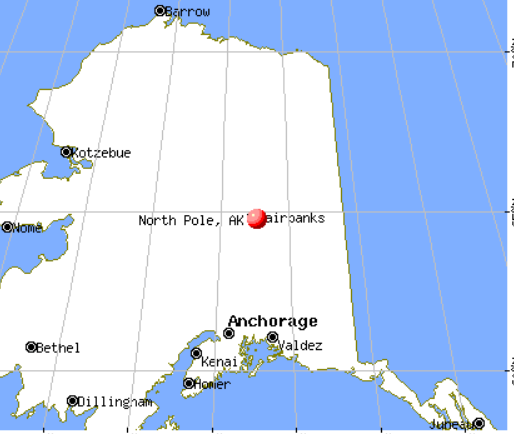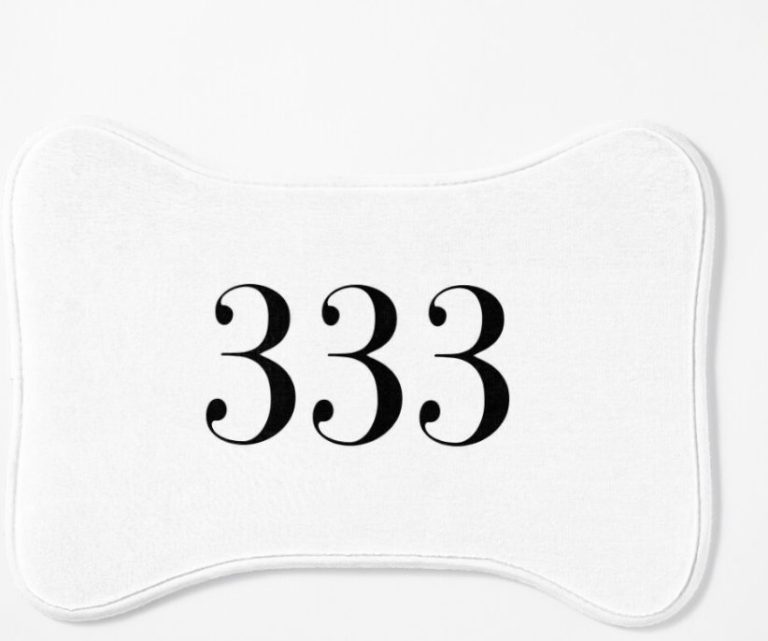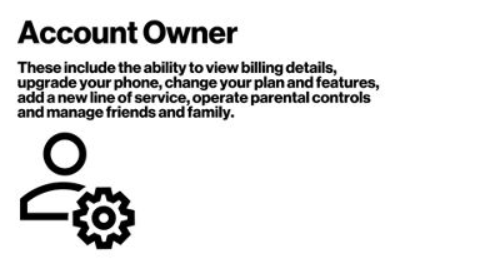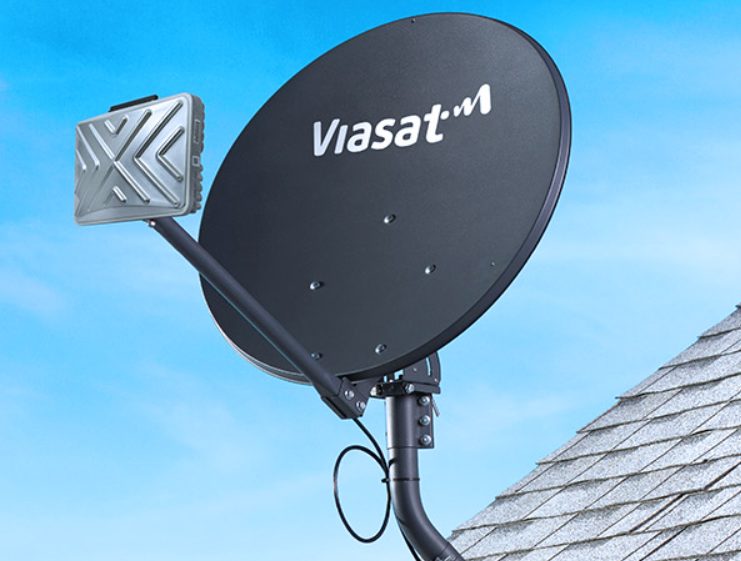In the intricate world of maritime operations, where vessels traverse vast oceans and encounter a myriad of risks, protection and indemnity insurance coverage stands as a crucial shield for shipowners, operators, and charterers. P&I insurance, often referred to as the “third-party liability insurance of the shipping industry,” provides essential financial protection against a wide array of liabilities that may arise from the operation of a vessel. This comprehensive article delves into the complexities of P&I insurance coverage, exploring its scope, key features, benefits, and the critical role it plays in mitigating the financial risks associated with maritime activities.
I. Understanding P&I Insurance Coverage
1.1 The Essence of P&I Insurance
At its core, P&I insurance is a form of mutual insurance that offers coverage for liabilities not typically covered by standard hull and machinery insurance. It primarily focuses on third-party liabilities, encompassing claims for bodily injury, property damage, pollution, wreck removal, and other associated risks. P&I Clubs, which are mutual associations of shipowners, operate on the principle of pooling resources to provide financial protection to their members in the event of a covered loss.
1.2 Scope of P&I Insurance Coverage
P&I insurance coverage extends to a broad spectrum of liabilities, including:
- Bodily Injury and Death: Covers claims arising from injuries or fatalities sustained by crew members, passengers, or third parties due to the operation of the vessel.
- Property Damage: Provides coverage for damage caused to the property of others, including cargo, harbors, docks, and other vessels.
- Pollution: Offers financial protection against liabilities arising from oil spills, pollution incidents, and environmental damage caused by the vessel.
- Wreck Removal: Covers the costs associated with the removal of a wrecked or sunken vessel, ensuring the safety of navigation and mitigating environmental risks.
- Collision: Provides coverage for liabilities arising from collisions with other vessels, including property damage and bodily injury claims.
- Cargo Claims: Offers protection against liabilities arising from damage, loss, or delay of cargo during transit.
- Fines and Penalties: Covers certain fines and penalties imposed on the vessel or its owners for breaches of maritime regulations.
II. Key Features of P&I Insurance Coverage
2.1 Mutual Insurance Structure
P&I insurance operates on a mutual basis, where shipowners pool their resources to form P&I Clubs. These clubs are non-profit organizations that provide coverage to their members in exchange for annual premiums, known as “calls.” The mutual structure fosters a sense of shared responsibility and collective risk management among shipowners.
2.2 Unlimited Liability Coverage
One of the distinguishing features of P&I insurance is its provision of unlimited liability coverage in certain areas, such as oil pollution and wreck removal. This ensures that shipowners are adequately protected against potentially catastrophic liabilities that could arise from such incidents.
2.3 International Group of P&I Clubs
The majority of P&I Clubs are members of the International Group of P&I Clubs (IG), a collective of 13 leading P&I Clubs that collaborate to provide global coverage and reinsurance support to their members. The IG plays a vital role in maintaining the stability and financial strength of the P&I insurance market.
2.4 Claims Handling and Legal Expertise
P&I Clubs have dedicated claims handling teams and access to a network of legal experts specializing in maritime law. This enables them to efficiently manage claims, provide legal advice, and represent their members in disputes or litigation arising from covered liabilities.
III. Benefits of P&I Insurance Coverage
3.1 Financial Protection
P&I insurance offers crucial financial protection to shipowners, operators, and charterers against a wide array of third-party liabilities. This safeguards their assets and ensures their financial stability in the face of unexpected claims or incidents.
3.2 Risk Management
P&I Clubs actively engage in risk management initiatives, providing guidance and support to their members in implementing safety measures, complying with regulations, and mitigating potential risks. This proactive approach helps to reduce the likelihood of claims and enhance the overall safety of maritime operations.
3.3 Legal and Claims Support
P&I Clubs offer invaluable legal and claims support to their members, handling claims efficiently, providing expert legal advice, and representing them in disputes or litigation. This relieves shipowners of the burden of managing complex legal processes and ensures their interests are protected.
3.4 Global Coverage
Through the International Group of P&I Clubs, P&I insurance provides global coverage, enabling shipowners to operate their vessels worldwide with confidence, knowing they have access to comprehensive liability protection.
3.5 Industry Collaboration
The mutual structure of P&I insurance fosters collaboration and knowledge-sharing among shipowners, promoting a sense of collective responsibility and continuous improvement in safety and risk management practices.
IV. The Role of P&I Insurance in Mitigating Maritime Risks
4.1 Oil Pollution and Environmental Damage
P&I insurance plays a critical role in mitigating the financial risks associated with oil pollution and environmental damage caused by vessels. The unlimited liability coverage provided by P&I Clubs ensures that shipowners have the necessary resources to respond to spills, clean up contaminated areas, and compensate affected parties.
4.2 Wreck Removal
The removal of wrecked or sunken vessels is a complex and costly undertaking, often involving specialized equipment and expertise. P&I insurance provides the financial backing necessary to carry out wreck removal operations, ensuring the safety of navigation, protecting the marine environment, and preventing further damage or pollution.
4.3 Bodily Injury and Death
Maritime accidents can result in severe injuries or fatalities to crew members, passengers, or third parties. P&I insurance covers the liabilities arising from such incidents, providing compensation to victims or their families and helping shipowners fulfill their legal obligations.
4.4 Property Damage
Vessels operating in close proximity to harbors, docks, and other vessels face the risk of causing property damage. P&I insurance covers the liabilities arising from such incidents, enabling shipowners to compensate affected parties and repair or replace damaged property.
4.5 Cargo Claims
The safe and timely delivery of cargo is paramount in the shipping industry. P&I insurance provides protection against liabilities arising from damage, loss, or delay of cargo during transit, ensuring that shipowners can fulfill their contractual obligations and maintain the trust of their customers.
V. Conclusion
Protection and indemnity insurance coverage is an indispensable tool for shipowners, operators, and charterers navigating the complex seas of maritime liability. P&I insurance provides essential financial protection against a wide array of risks, safeguarding their assets, ensuring their financial stability, and enabling them to operate their vessels with confidence. The mutual structure of P&I Clubs fosters collaboration, risk management, and continuous improvement in safety practices, contributing to a safer and more sustainable maritime industry. As the shipping industry continues to evolve and face new challenges, P&I insurance will remain a vital component of risk mitigation and financial security for all those involved in maritime operations.
Read More: Demystifying Medicare Part N Costs: A Comprehensive Guide






